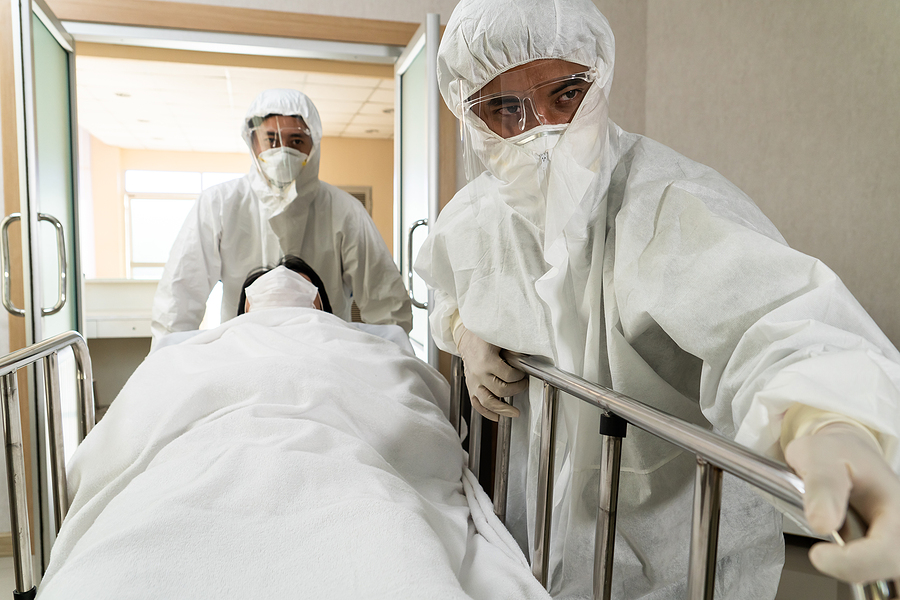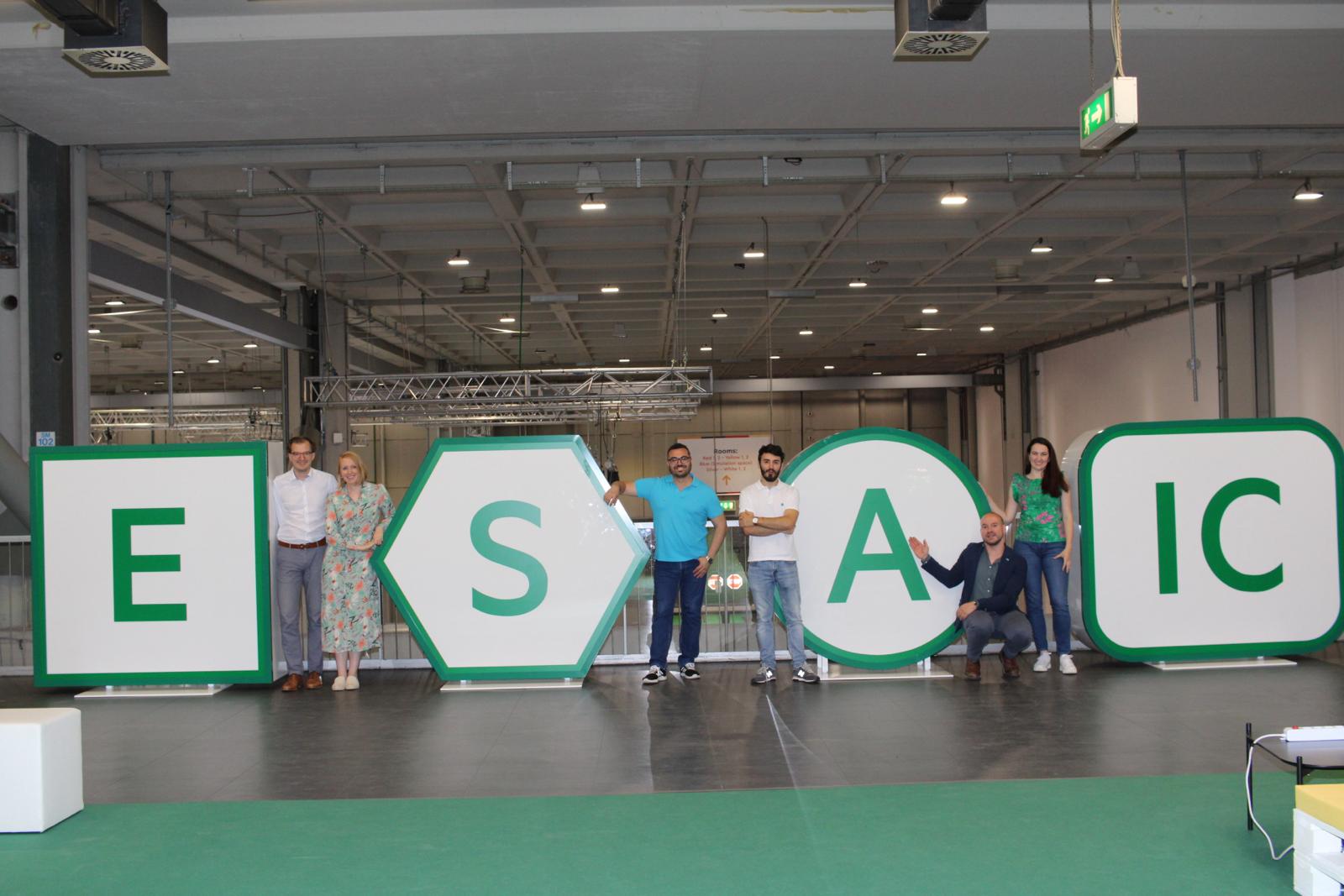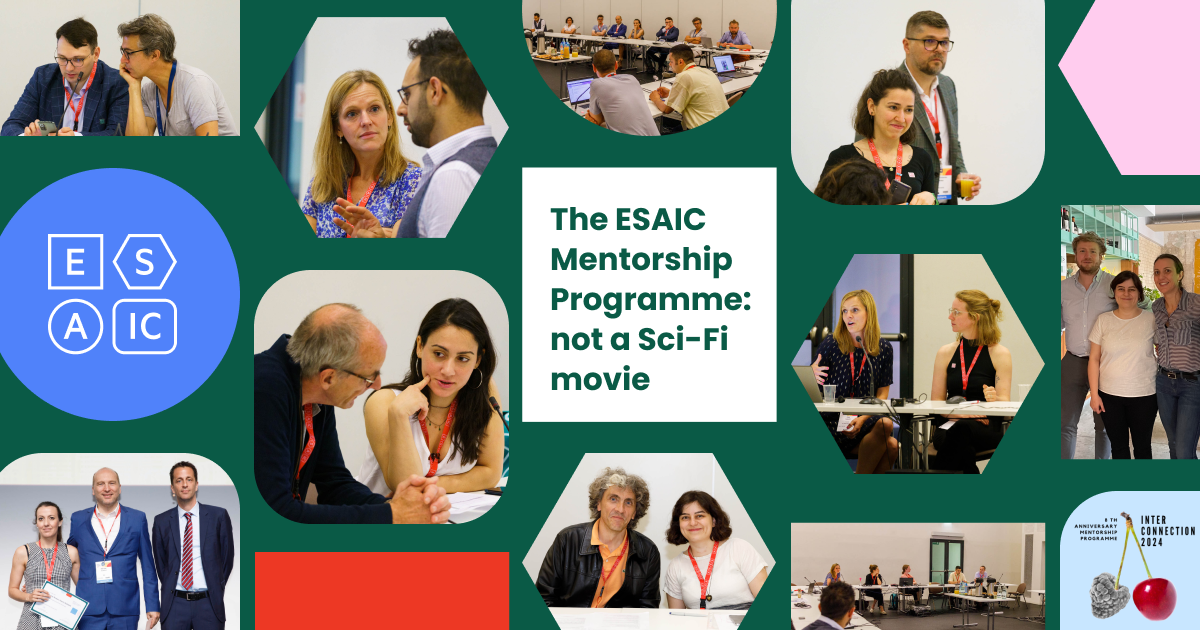ESAIC News
EA20 Newsletter: Session COVIDPD2: COVID-19: resource management challenges
Saturday 28 November, 1500-1600H, Channel 8
This three-part panel discussion will begin with a talk on the history of intensive care medicine by ESAIC’s President Professor Kai Zacharowski, Director of the Department of Anaesthesiology, Intensive Care Medicine & Pain Therapy, University Hospital Frankfurt, Germany.
He will take us back in time to the very beginnings of the speciality, including an in-depth analysis of the surge of more than 5000 cases of poliomyelitis that affected Copenhagen in 1952. In this epidemic, many of the patients had respiratory failure and medical teams were with their limited numbers of negative pressure ventilation units very quickly overwhelmed.
Bjørn Aage Ibsen, a doctor there at the time, detected high levels of carbon dioxide in children’s lungs and changed practice immediately by preforming tracheotomies and using positive pressure ventilation to oxygenate the lungs. He hired some 1500 students across the year to help with this strategy, which reduced mortality from 90% to 25%.
This was considered by many to be birth of ICM, with Ibsen setting up the first ICU in Copenhagen’s Municipal Hospital in 1953. Prof Zacharowski will also refer in his talk to the invention of the first pH, pCO2 & pO2 electrodes by Astrup, Siggard-Anderson and Severinghaus Technology, and the contribution of the Danish brewing industry (mainly Carlsberg) in inventing the pH scale.
“The history of ICM in Europe should not be forgotten,” concludes Prof Zacharowski. “Dr Ibsen had the idea of caring for all such patients (1:1 nurse) in a dedicated ward and in 1953 the speciality of ICM was born. Then, just like today, anaesthesia and ICM cannot be separated from each other!”
In the second presentation, Dr Christopher Neuhaus (University Hospital Heidelberg, Germany) will discuss how the SARS-CoV-2 pandemic initially had the world working without guides and standards and having to rely on expert opinion again. There was also a publishing race to get new data out as quickly as possible – which continues today.
In order to provide safe, reliable care, medicine has over the last decades embraced standardisation and evidence-based approaches to optimise treatments and outcomes. “However, with the COVID-19 pandemic, we have found ourselves in a situation where only a little evidence exists, and have had to realise that established protocols were not applicable to the new disease,” explains Dr Neuhaus.
He says this not only forced us to embrace an expert opinion but also mandated resilient, highly adaptive ways of working without guides and standards. Moreover, it reinforced the need for the speedy generation of new evidence regarding epidemiology and treatment of COVID-19.
He says: “This talk will focus on the difference between resilience and safety and explore how the balance between expert opinion-based and standardised, protocol-based therapy can be struck. Also, we will look at the surge in publications on the topic and discuss what we consider ‘evidence’ to form a body of knowledge.”
The final talk in this session will be given by Dr María Lema Tomé, an anaesthesiologist based at the Hospital General Universitario Gregorio Marañón, Madrid, Spain. She is also an ESAIC Patient Safety and Quality Committee member.
“During the COVID-19 pandemic many of us anesthesiologists were forced to move out of our comfort zone and start working in critical care units along with different specialists, focusing on a single goal: saving patients’ lives under extremely exceptional circumstances,” explains Dr Lema Tomé
In her hospital, her department attended more than 90 ICU beds, in coordination with other specialists: paediatrics intensivists, ENT, cardiologists, trauma and general surgeons, as well as with other health professionals such as nurses, psychologists, physiotherapists, and pharmacists amongst others.
She concludes: “Working under stress, not only individually but also as a team, requires training in crisis situations. Training teams using tools such as CRM with simulation programs is one of many types of intervention that can improve teamwork in healthcare. Others consist of improving communication skills, briefing and debriefing as well as interventions at the structural level.”
Read More of our special newsletter covering our virtual congress
Visit our COVID-19 Resource Hub for other news and resources.











